Annual flood
Every year, in early August and September, Le Thuy people have begun to fight against floods. A heavy rain is enough to cause the river to break its banks, dragging straw and mud all over the village. Many times, without warning, the water rushes in, sweeping away everything: from rice plants, vegetable gardens, to pigs and chickens, and the year's worth of rice and grain. Some people are sad, others are moved, tears mixed with the flood water. The old lullaby echoes: "On a rainy afternoon, I stand by the riverbank/Watching the fish dive, watching the stars dim" ... is a small, weak voice in the midst of immense nature. Le Thuy people understand that they are just guests in the great flow, unable to resist if they do not know how to "live together".
People in my hometown say: “Without a three-room house, we cannot withstand floods”. The three-room house of Le Thuy was built with a lower beam for small floods, and an upper beam for shelter during big floods. Life flows through each generation of children, climbing up the rafters, sitting with their knees drawn up on the rafters, looking out at the vast fields of water. Waves roll, carrying bottles, jars, fruits, and snakes. But it is this architectural way of life that helps them stand firm during each flood season. The three-room house is not only a shelter, but also a historical witness of each family, the footprints of those who climbed the rafters, a place that has witnessed many times families gathered on the rafters in the middle of the vast water.
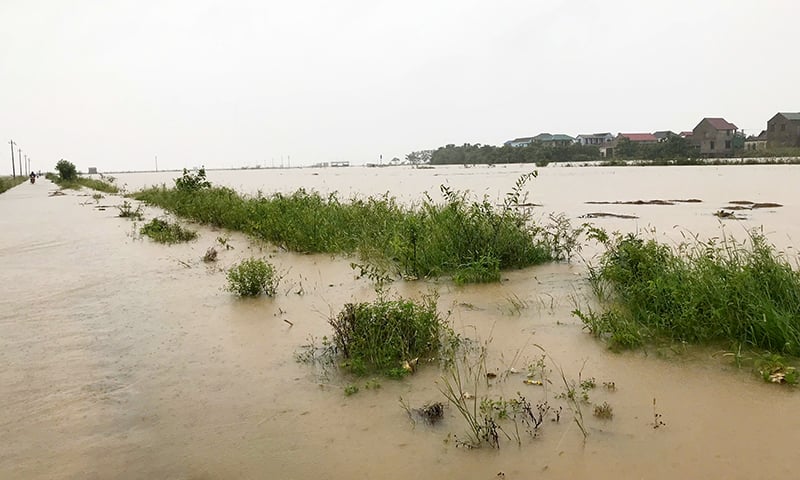 |
When talking about flood season, we cannot help but mention banana rafts, a typical life-saving tool of Le Thuy people. Banana rafts are made from three to five large banana trunks, skewered with bamboo, tied tightly with rope. On the raft, the whole family can set up a stove, a bed to sleep on, a tray to eat...
I still remember clearly one flooded afternoon, the whole family sat on a raft, chatting and eating. Suddenly, a group of water snakes crawled up to the raft door and made a ruckus. I panicked and the whole raft flipped over, the tray of food fell into the water. Mom silently lit the stove again, and I received a scolding that I would never forget. However, I still remember clearly that excitement and fear, a type of memory that "marked" my childhood in the flood.
Annual pass
When the water reached the waist of an adult, all activities were carried out on rafts. Rice, dried cassava, roasted peanuts, enough energy, only lacking vegetables… The vegetables were flooded and wilted, swept away by the waves. The daily soup was replaced by shrimp paste mixed with boiling water, simple but incredibly warm. The flood came and went at night. The whole neighborhood stayed up all night, watching the water, passing things around, and cleaning the house when the water receded.
The oil lamps flickered in the night, people bailed water, scrubbed floors, and cleaned mud from every corner of the house. Birds shivered, tears mixed with mud, feet soaked in water turned white, but no one complained. On the contrary, they were used to being in floods, used to working together, cleaning, fixing, helping each other… that was the living culture of the countryside working together to fight natural disasters and water invaders.
Life is condensed in the vastness of water, but that existence also makes people have deep contemplations about the changes that make the country and the nation stronger and stronger. In 1976, after the province was merged (Binh-Tri-Thien), then in 1977, there was a drought to the point that the Kien Giang River dried up. In 1989, after the province was separated, Le Thuy had a big flood. The elders in my neighborhood joked: "When the province is merged, the fence is dry, when the province is divided, the storm comes in April"...
Philosophy from Le Thuy flood
Floods in Le Thuy are not just about inundating fields and houses, but also abouteducating people on how to live a life of resilience. Anyone who lives in floods learns how to be resilient, how to persevere in the face of hardship, and how to bounce back in the face of mounting hardship. Lessons about sharing with the community, supporting the elderly, children, and neighborhood groups, enriching the bond of mutual love.
Floods also taught people that survival is not just about existing, but also about adaptability, combining tradition and innovation. Banana rafts were replaced by aluminum boats, wells filled with water were dealt with by suitable water containers, and the indigenous way of life was not lost but transformed more strongly.
And in the minds of Le Thuy people, floods are still a sacred part of human destiny, trying to survive and develop. When floods come, people calmly respond, when floods go, people stand up again, dry their clothes, relight the oil lamps... An inseparable cycle. Floods have become a habit, closely linked to the source of culture, indigenous will, and an important part of the childhood, memories, and bravery of Le Thuy people.
Although life has changed: banana rafts have given way to aluminum boats, rowing boats have given way to speedboats, the memories of floods remain, like a long story. Floods not only inundate the land, but also instill love, responsibility, and a spirit of striving.
Ngo Mau Tinh
Source: https://baoquangbinh.vn/van-hoa/202506/lut-le-thuy-2227079/











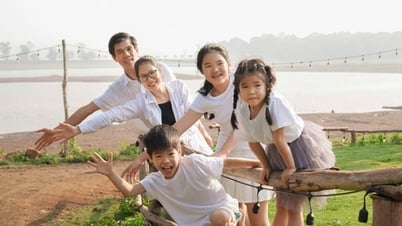



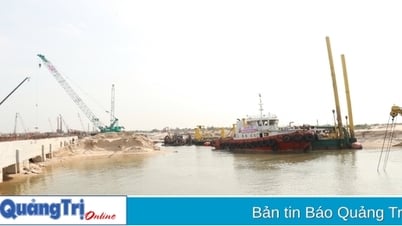







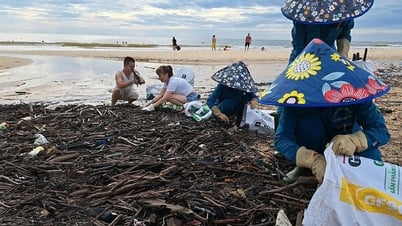


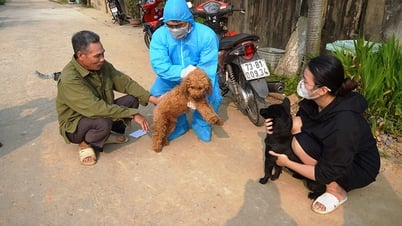

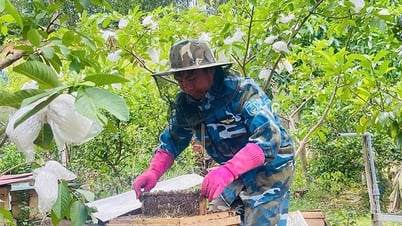





































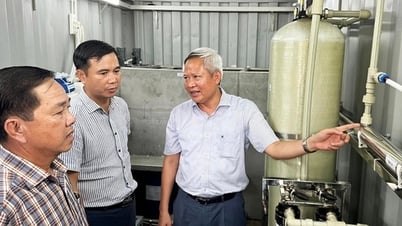




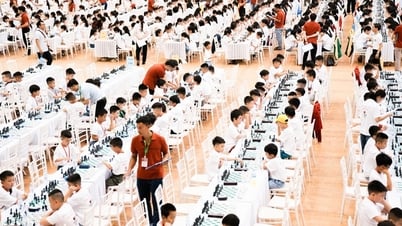


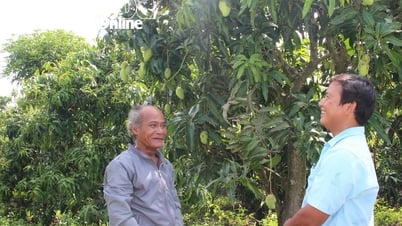


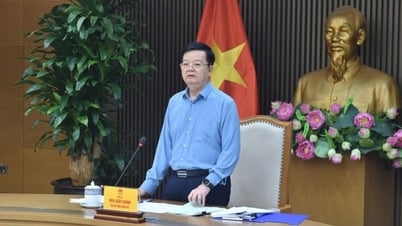

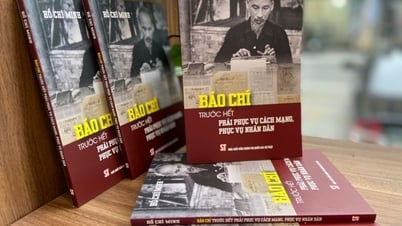
















Comment (0)